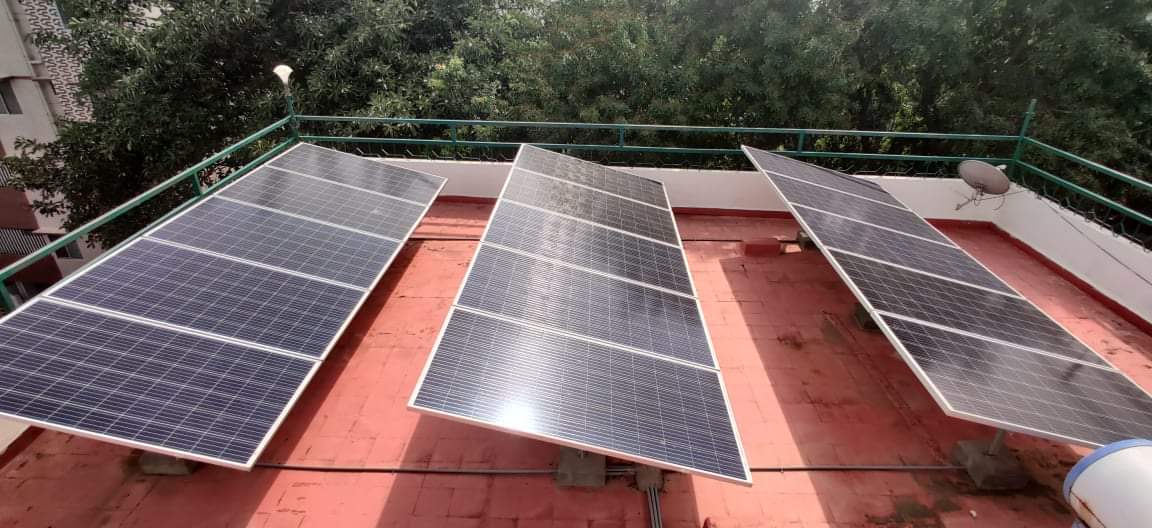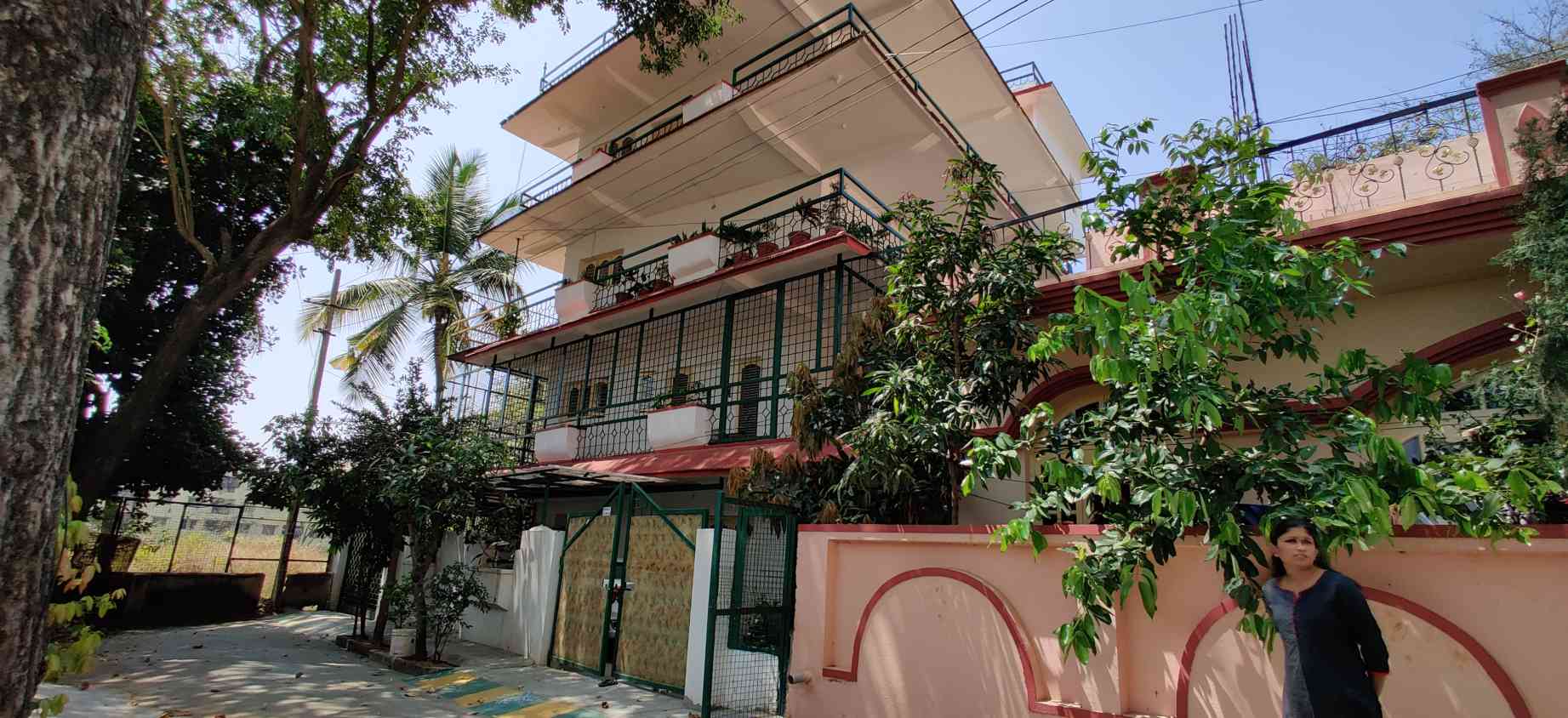Pruthvi Mangiri is among the early adopters of Bangalore Electricity Supply Company Limited’s (BESCOM) solar policy by installing a solar plant on his rooftop. His journey to becoming a solar power producer is rather fascinating.
A percussionist, music producer, and owner of BreadandJaam studios in Bangalore, Pruthvi was often at the receiving end of his neighbours’ numerous complaints about “the noise” from his drumming practice. It even reached a stage where the neighbors started lodging police complaints. “I understood that this had to stop and I also knew that I couldn’t stop my music practice,” he tells The Better India.
Pruthvi says that he had to soundproof his room and spent more than he could afford to get the same done. But this was not just a one-time expense. “Once we did, we realised just how exorbitant our electricity bills were. All the equipment, the air conditioning running almost round the clock, the lights, etc, were all electricity guzzlers,” he says. From getting a monthly electricity bill of nearly Rs 1,500, the amount rose steeply to almost Rs 9,000 every month. It was around this time that the family decided they had to find a solution to this problem.
Harnessing the sun’s energy

It was the quest to get a lower electricity bill that led Pruthvi towards exploring solar panel installation. “We explored various options and then installed a 5-kilowatt solar generation panel on our terrace about 1.5 years ago. There are 15 panels installed and it cost us Rs 5 lakhs. In getting these panels installed, Pruthvi says that over Rs 1 lakh has been saved over the course of the last year and a half.
The best part is that when the power being generated was not used up at home, a separate meter was installed by BESCOM and the electricity is taken into the closest transformer,” he says. Thereafter whatever unit is consumed by BESCOM, Pruthvi’s family gets paid for that via BESCOM.
How to get a solar panel installed in your home

A procedure to install 5kw to 10 kw solar power units in Bangalore. While these steps may largely be the same for other states, readers are advised to contact their respective state electric supply boards to know how to proceed.
1. Firstly, you will have to register online, on the BESCOM website, using your home Revenue Register (RR) number.
2. The RR number is an alphanumeric allotted to you by BESCOM.
3. In order to ascertain your RR number, enter the mobile number of the consumer, select the sub-division from the drop-down list and click on the search tab to retrieve details from the BESCOM database.
4. Once this is done, a feasibility test is conducted by the Assistant Engineering Officer (AEO), according to your terrace size for domestic purposes.
5. If the feasibility test is positive, a connection to the nearest transformer is found, and the AEO releases a feasibility report.
6. This is followed by a Power Purchase Agreement (PPA) being signed between the BESCOM and house owners on a stamp paper.
7. The final installation order will be given from the BESCOM.
8. A work installation report is submitted to BESCOM to start synchronisation with the transformer. The AEO officer will come to inspect the same and give a sanction approval after checking all the safety precautions.
9. Given that the electricity generated is more than what is being consumed by the Pruthvi family, the excess is transferred to the nearby grid. BESCOM pays Rs 7 per unit to the house owner.
10. A bill is generated every month and the amount, if any, is credited every 15 days by BESCOM to the house owner. If not, the same is adjusted to your usage from the main power.
Some points to know

· The most important part of a rooftop solar installation is the quality of the roof.
· Another critical factor to consider is the age of the roofing structure and the wear and tear it has endured.
· In case the terrace requires any repair work, it should be undertaken before the solar panels can be installed.
· It is imperative that the area where the solar panels are being installed get ample sunlight 365 days a year.
· The terrace should not be shadowed by any large object and must have direct sunlight.
· Slanting rooftops are best suited to get solar panels installed, especially if the slant is towards the south.
· Once installed, a rooftop installed can generate clean energy for 25 years.
While installing the solar panels was something that the Pruthvi family did to bring down their steep electricity bills, they slowly started adopting several other sustainable practices. From growing their own vegetables, to conserving water by getting rain water harvesting done – they have ensured that they move towards a better living.
(Edited by Yoshita Rao)
No comments:
Post a Comment